The raid that destroyed the MiG-29 fighter showed that Russian suicide UAVs could reach many new targets, including the Ukrainian air force squadron.
A video posted on social media on September 19 shows a Russian Lancet suicide drone attacking a MiG-29 fighter jet parked at the Dolgintsevo base near the city of Kryvyi Rih in Dnipro province, central Ukraine. This was once considered a safe base for Ukrainian fighters, as it was out of the attack range of the Lancet UAV.
In an article on Forbes, military expert David Axe said that the attack may have damaged the radar and electronic equipment of the MiG-29 fighter, but did not cause too much damage to the Ukrainian Air Force. This force operates dozens of MiG-29s and can easily repair and restore the combat capability of the attacked fighter.
"However, the biggest problem is that the Dolgintsevo base is located 70 km from the front line in southern Ukraine, suggesting that the Russian suicide UAVs appear to have a longer range than previously announced," Axe wrote.
Ukrainian MiG-29 fighter jet attacked by Lancet UAV in video released on September 19. Video: Telegram/Dnpero_Rub
The Lancet is the most deployed suicide UAV model by Russia and has achieved the highest combat effectiveness in the campaign in Ukraine, with more than 500 Kiev targets attacked within 13 months since this weapon began to enter combat.
However, the original Lancet version, codenamed "Izdeliye 52", only had a range of about 40 km, preventing Russian forces from attacking Ukraine's main air bases in the rear. This allowed Ukraine to deploy its MiG-29 and Su-27 squadrons closer to the front line to increase combat effectiveness.
That could change in August, when Zala Aero develops a Lancet variant codenamed "Izdeliye 53" with a range of nearly 70 km. Zala Aero describes it as "the next evolution of the Lancet family," calling it "virtually unstoppable."
Expert Axe believes that the Dolgintsevo airport attack could be the debut of a new version of Lancet, adding that what is equally worrying is that the entire attack was recorded by a high-altitude reconnaissance UAV, suggesting that the Ukrainian air defense network at the airport was either not working or had let the Russian aircraft through.
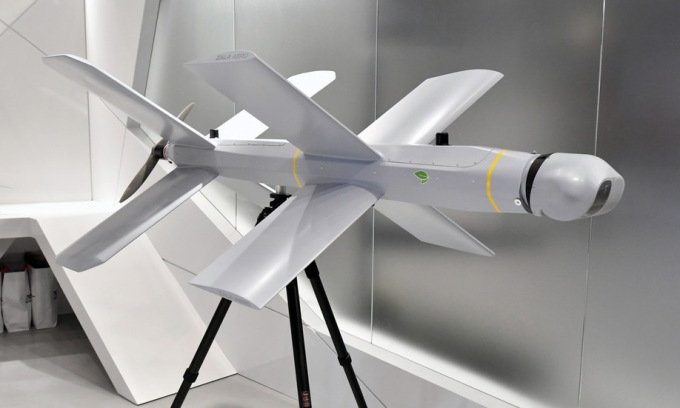
The Lancet UAV was displayed in 2019. Photo: RT
"The Lancet version with a range of over 70 km not only threatens the MiG-29 squadron in Dolgintsevo, but can also target aircraft using the Voznesensk reserve base in Mykolaiv province. Ukraine will have to evacuate aircraft to bases further away from the front line, strengthen the air defense network in vulnerable locations and shield aircraft more carefully," the US expert commented.
Throughout the conflict, Russia's overwhelming air superiority forced Ukraine to scramble to disperse weapons and manpower to minimize losses.
General James Hecker, commander of US Air Forces in Europe (USAFE), said that Ukrainian pilots "almost never take off and land at the same airport". The US and allied reconnaissance network closely monitors Russian air force activities, allowing Ukraine to receive airstrike warnings and prepare to evacuate its equipment at least an hour in advance.
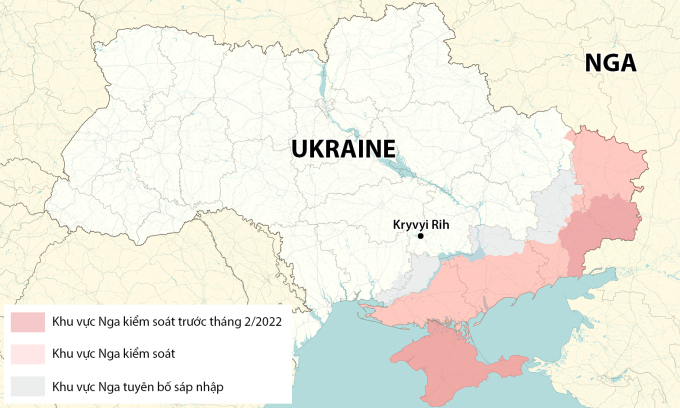
Location of the city of Kryvyi Rih. Graphics: RYV
However, this advantage seems to have lost its effect on the Lancet UAV, which is very compact in size and has the ability to operate independently, making it difficult to be detected by radar, electro-optical sensors and enemy electronic reconnaissance systems.
"The appearance of the new Lancet version with nearly double the previous range will pose a significant threat to the Ukrainian military. They will have to find ways to address this concern before receiving the F-16 fighter squadron from the end of this year," Axe stated.
Vu Anh (According to Forbes )
Source link


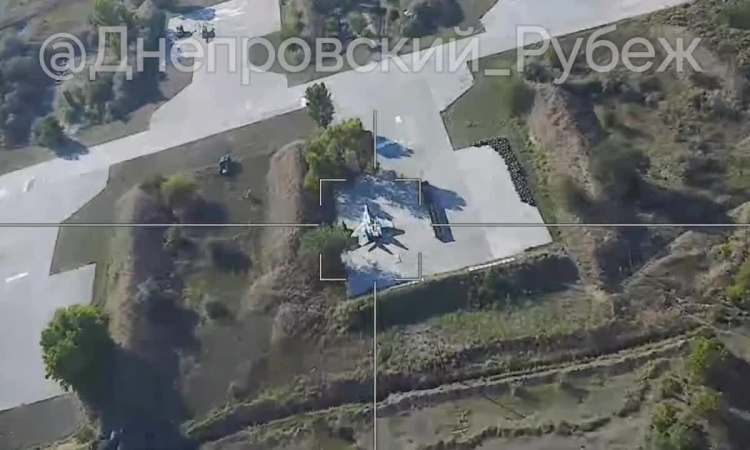
![[Photo] Looking back at the impressive moments of the Vietnamese rescue team in Myanmar](https://vstatic.vietnam.vn/vietnam/resource/IMAGE/2025/4/11/5623ca902a934e19b604c718265249d0)




![[Photo] "Beauties" participate in the parade rehearsal at Bien Hoa airport](https://vstatic.vietnam.vn/vietnam/resource/IMAGE/2025/4/11/155502af3384431e918de0e2e585d13a)
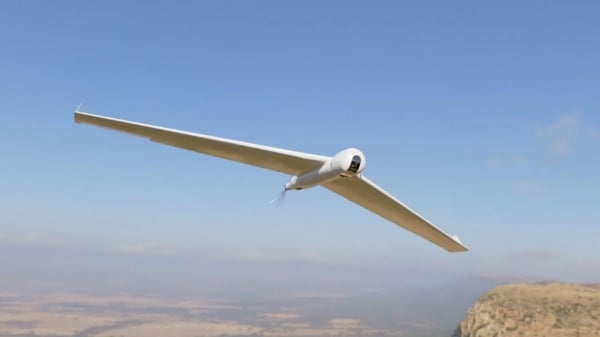

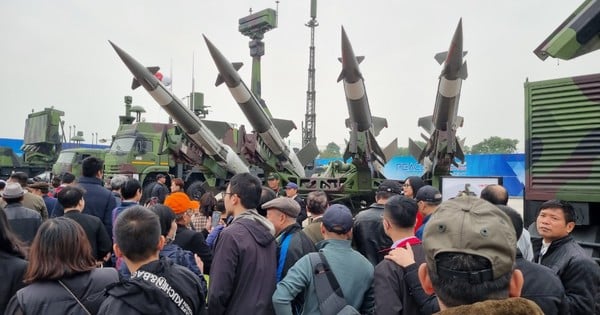

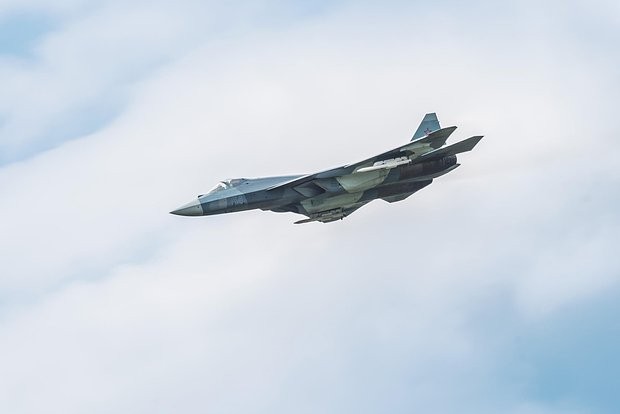


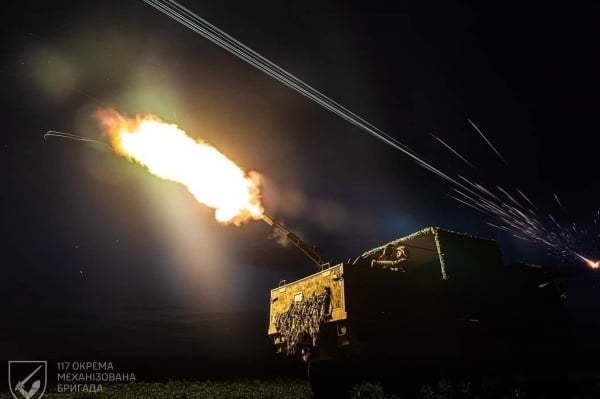

















![[Photo] Summary of parade practice in preparation for the April 30th celebration](https://vstatic.vietnam.vn/vietnam/resource/IMAGE/2025/4/11/78cfee0f2cc045b387ff1a4362b5950f)



























































Comment (0)